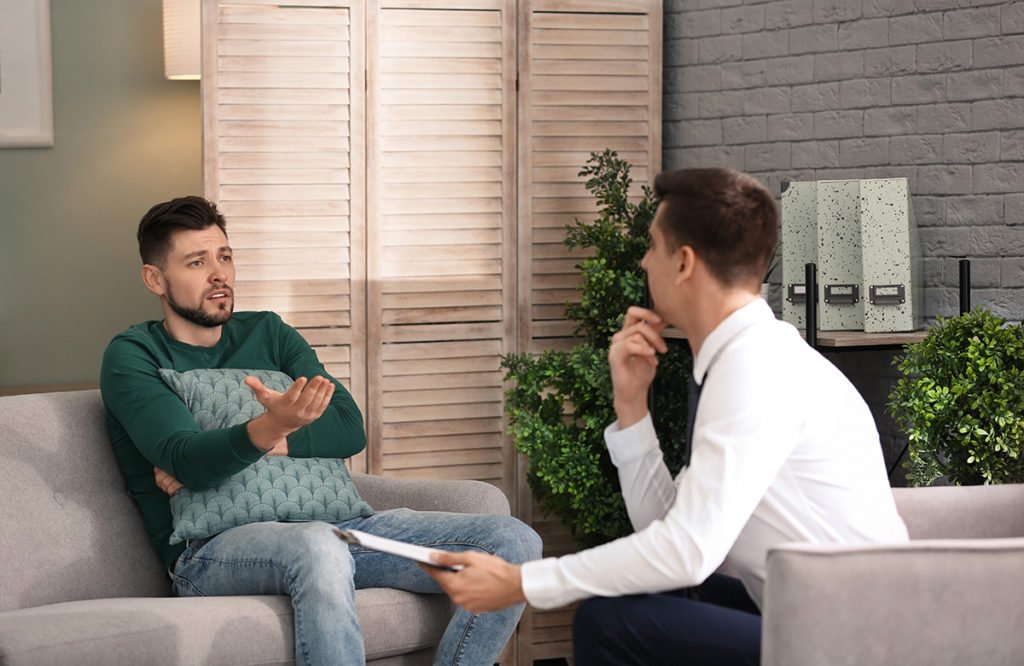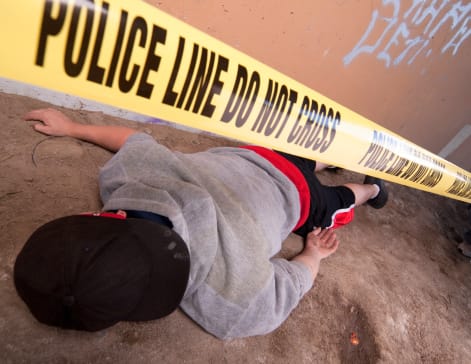Prescription drug use continues to rise. According to recent findings out of the Mayo Clinic and Olmsted Medical Center, nearly 70% of Americans take at least one prescription medication, over 50% take two, and 20% take more than five. Furthermore, the same research shows that those percentages are only going up as prescription drug use has been steadily increasing throughout the United States for the past decade.
Money spent on these drugs is also on the rise. A 2015 study by the IMS Institute for Healthcare Informatics, a company that tracks sales at the pharmacy level for drug companies, reported that in 2014 total drug spending was $374 billion — up 13.1% from the previous year. In 2014, the most commonly prescribed drug was Levothyroxine at 120 million prescriptions. It was followed by hydrocodone at 119 million, Lisinopril at 104 million, Metoprolol at 85 million, and Atorvastatin at 81 million. Another study found that one in six U.S. adults takes a psychiatric drug, such as a sedative or antidepressant.
Prescription Drugs: When Use Becomes Abuse
If people aren’t careful, their use of prescription drugs can quickly slip into abuse and addiction. According to the National Institute on Drug Abuse (NIDA), approximately 52 million people (20% of those 12 and older) have used prescription drugs for nonmedical reasons at least once.
Teenagers are strongly represented in this category. About one in 12 high school seniors reported past-year nonmedical use of Vicodin and one in 20 reported abusing OxyContin—making these medications among the most frequently abused. What’s more, a report from the Centers for Disease Control and Prevention stated that the number of fatal overdoses per year in the United States caused by these drugs is higher than the combined total from heroin and cocaine overdoses.
The term prescription drug abuse includes taking a larger dose than you’re supposed to, taking a family member’s or friend’s prescription pain medication for your aching back, and snorting or injecting ground-up pills to get high. In the U.K., the number of individuals addicted to prescription drugs is overtaking those struggling with heroin use.
Becoming educated on the warnings signs of prescription drug abuse is one way that family and friends can help prevent addiction in those they care about. Warning signs of prescription drug abuse include excessive mood swings, needing more sleep or less sleep, poor decision-making, appearing high, especially energetic or sedated, and “losing” prescriptions so that more must be written. You should also keep prescription drugs in a secure location at home so that other family members don’t have access to them.
Effects of Prescription Drug Abuse
When used incorrectly, prescription drugs can cause a multitude of short- and long-term consequences. Short-term effects may include:
- Nausea and vomiting
- Headaches and difficulty concentrating
- Dizziness
- Dry mouth
- Breathing problems
- Mood disturbances
- Sweating and flushing
Long-term effects may include:
- Severe constipation
- Organ damage
- Anxiety
- Skin infections
- Malnutrition
- Mood swings
- Irregular menstrual periods
Additionally, high doses of prescription drugs may cause serious health effects. These include respiratory depression, decreased blood pressure and heart rate, lethargy and coma.
Get Treatment Today at Right Step
If prescription drug use continues to rise, the necessity of medical treatment does as well. If you or a loved one becomes addicted to prescription drugs, proper treatment and support can help jumpstart the road to recovery. At Right Step, we treat:
To learn more about how prescription drug use continues to rise, or to enroll in our treatment programs, call 17135283709. We can help you overcome your prescription drug use.






